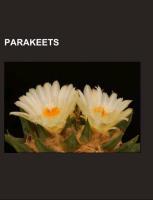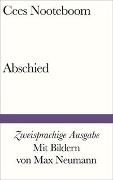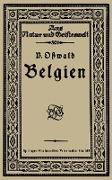- Start
- Parakeets
Parakeets
Angebote / Angebote:
Source: Wikipedia. Pages: 30. Chapters: Broad-tailed parrots, Conures, Budgerigar, Budgerigar colour genetics, Australian Ringneck, Western Ground Parrot, Crimson Rosella, Orange-bellied Parrot, Mani the parakeet, Night Parrot, Scarlet-chested Parrot, Eastern Rosella, Pale-headed Rosella, Eastern Ground Parrot, Maroon-bellied Parakeet, Swift Parrot, Green Rosella, Mulga Parrot, Golden-shouldered Parrot, Turquoise Parrot, Red-capped Parrot, Red-rumped Parrot, Bourke's Parrot, Paradise Parrot, Western Rosella, Rock Parrot, Northern Rosella, Pezoporus, Blue Bonnet, Psephotus. Excerpt: The Budgerigar ( ), also known as Common Pet Parakeet or Shell Parakeet (Melopsittacus undulatus), informally nicknamed the budgie, is a small, long-tailed, seed-eating parrot, and the only species in the Australian genus Melopsittacus. Wild budgerigars are found throughout the drier parts of Australia, where the species has survived harsh inland conditions for the last five million years. Naturally green and yellow with black, scalloped markings on the nape, back, and wings, breeders have created a rainbow of blues, whites, and yellows, greys, and even forms with small crests. Budgerigars are popular pets around the world due to their small size, low cost, ability to mimic human speech and playful nature. The budgerigar is closely related to the lories and the fig parrots. Although budgerigars are often, especially in American English, called parakeets, this term refers to any of a number of small parrots with long, flat tails. Alternative common names include Shell Parrot, Warbling Grass parakeet, Canary Parrot, Zebra parrot, Flight Bird, Scallop Parrot and the alternate spellings Budgerygah and Betcherrygah. Although more applicable to members of the genus Agapornis, the name Lovebird has been applied to them from their habit of mutual preening. Several possible origins for the English name budgerigar have been proposed: The Budgerigar was first described by George Shaw in 1805, and given its current binomial name by John Gould in 1840. The genus name Melopsittacus comes from Greek and means "melodious parrot". The species name undulatus is Latin for "undulated" or "wave-patterned". Gould noted that the term Betcherrygah was used by indigenous people of the Liverpool plains. Traditionally, the budgerigar was thought to be the link between the genera Neophema and Pezoporus based on the barred plumage. However, recent phylogenetic studies using DNA sequences place the budgerigar very close to the lories (subfamily Loriinae) and the fig parrots (tribe Cyclopsittacin
Folgt in ca. 5 Arbeitstagen


